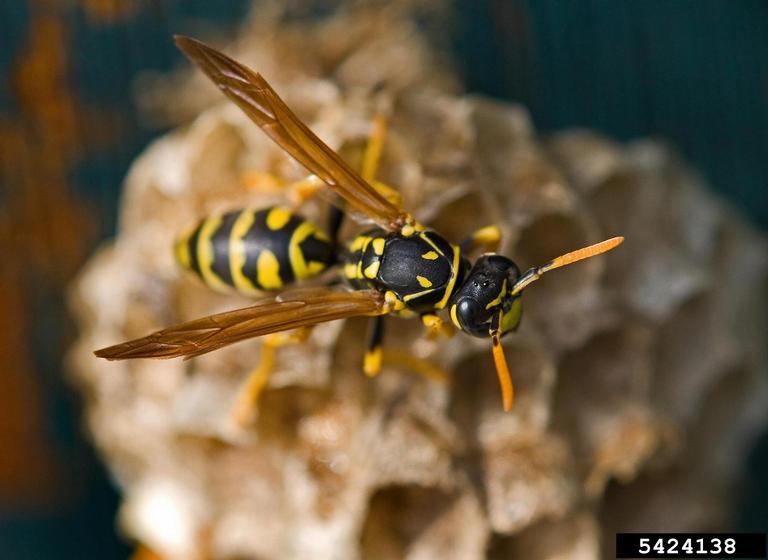"Are those peaches real?" asked a Nebraska visitor to the Showcase of Southern Agriculture in Centennial Olympic Park.
"Absolutely," answered Butch Ferree, a peach specialist with the University of Georgia Extension Service.
"People are so surprised at the size of the peaches because most think the entire crop was wiped out by the cold weather we had in March," Ferree said.
More than 10,000 visitors a day passed through the exhibit. They saw not only peaches but other Georgia crops: Vidalia onions, peanuts, pecans, apples, tobacco, forestry and ornamentals.
But it was a basket of peaches under the peach trees that kept them asking, "Can I have one of those?"
"The peach season for this year is just about over," Ferree said. "We'll have peaches at some farm markets probably for the next month. I feel like a high estimate was about 3 or 4 percent of the crop was saved. We were decimated."
But what Olympic Park visitors see are premier peaches -- crop or no crop.
"We had several varieties on display in the Park," Ferree said. "We had Redglobe, Summergold, Dixieland and Flameprince" (no relation to the Olympic flame).
Having trees in Centennial Olympic Park was no easy feat. Ferree had pampered them since January for their chance to show the world what a Georgia peach tree looks and feels like.
"We dug these trees out of an orchard with a tree spade in January," Ferree said. "We mixed orchard soil with pine bark 50-50 to fill in around the root ball."
The trees were then planted in 3-feet-by-3-feet-by-18-inch plywood containers. They were transplanted to the park in the container and placed in a raised bed of peanut-shell mulch.
"It took some help from above, a few bumps along the road, some close scrutiny and a lot of lucky guesses to get them here," Ferree said. "They look pretty decent."
Could a homeowner use this method for growing a peach tree?
"Absolutely not," Ferree said. "Peaches are super-sensitive to overwatering. That has been our greatest challenge in growing these in containers. It wouldn't work for most homeowners."






